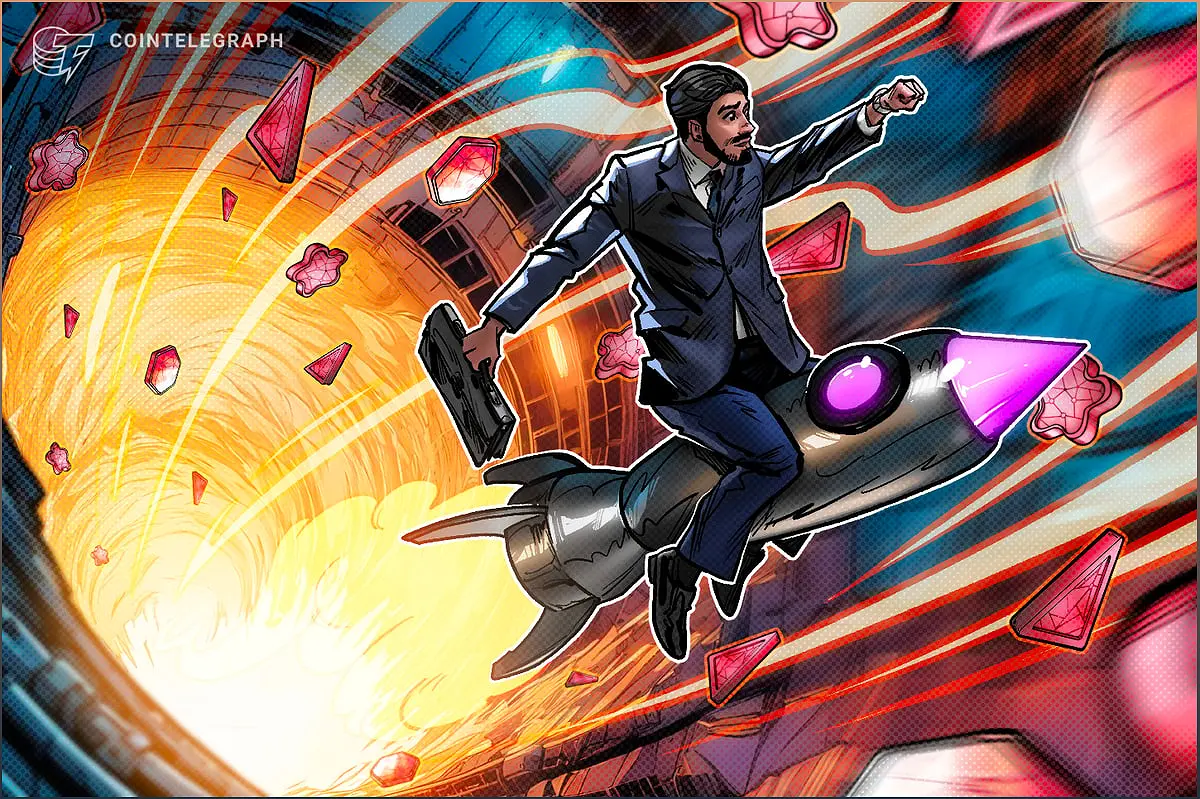In the ever-evolving world of blockchain and cryptocurrency, the synergy between non-fungible tokens (NFTs) and decentralized applications (DApps) has given rise to a dynamic ecosystem. This article delves into the intersection of NFTs and DApps, exploring how they enhance each other and revolutionize various industries. From digital ownership to decentralized finance and programmable assets, the convergence of NFTs and DApps offers innovative solutions and endless possibilities.
The Intersection of NFTs and DApps
Exploring how NFTs and DApps coincide and enhance each other
Non-fungible tokens (NFTs) and decentralized applications (DApps) are two essential components of the blockchain and cryptocurrency ecosystem. Despite their different functions, there are numerous instances where they intersect and create a powerful synergy.
NFTs can represent ownership or access privileges to both real and digital assets within DApps. For example, gaming DApps often use NFTs to represent in-game assets, allowing players to buy, sell, and trade unique items in secondary markets.
On the other hand, DApps built specifically for creating, managing, and trading digital assets have gained popularity due to the rise of NFTs. Artists and content creators can tokenize their creations, providing consumers with the opportunity to buy, sell, and own digital assets.
The programmable nature of smart contracts further strengthens the convergence between DApps and NFTs. Smart contracts automate various NFT-related tasks, such as content licensing and royalty distribution, enhancing the utility and functionality of NFTs in decentralized applications.
NFT DApps: Empowering Digital Ownership
Exploring the types and benefits of NFT DApps
NFT DApps, or blockchain-based applications that integrate non-fungible tokens, play a crucial role in empowering digital ownership. These platforms enable users to create, buy, sell, and trade original digital products such as artwork, collectibles, and in-game items.
Art & Collectibles Forum: Platforms like OpenSea and Rarible act as marketplaces where artists can tokenize their works as NFTs, allowing them to claim ownership and value within the blockchain ecosystem.
Gaming and Virtual Worlds: DApps like Decentraland and CryptoKitties utilize NFTs to represent in-game objects, characters, or items. This creates a thriving virtual economy where users can buy, sell, and trade these unique assets.
Virtual Real Estate: NFT DApps also offer platforms for buying, selling, and trading virtual land and property. This innovative concept has sparked interest in user-owned, decentralized virtual worlds and opens up new possibilities for digital property rights.
Markets: Marketplaces like Foundation and Mintable play a crucial role in the NFT ecosystem, connecting creators and fans and promoting the overall expansion of the NFT industry.
Decentralized Finance (DeFi) and NFT Collateral: NFTs have found applications in DeFi, with DApps like Aavegotchi and Rarible exploring the integration of NFTs as collateral within DeFi protocols. This innovative use case bridges the gap between digital ownership and decentralized finance.
Steps to Create and Launch an NFT DApp
Exploring the process of creating and launching an NFT DApp
Creating and launching an NFT DApp involves a series of steps that need to be carefully executed. Here's a breakdown of the process:
Define Concept:
Before starting development, it's crucial to establish the concept of the NFT DApp. This includes defining the goal, intended user base, and unique features that will set the DApp apart in the competitive NFT market.
Choose Blockchain:
Selecting the right blockchain platform is essential for developing NFT DApps. Ethereum, with its well-established infrastructure and support for NFT standards like ERC-721 and ERC-1155, is a popular choice. Other platforms like BNB Smart Chain can also be considered based on project requirements.
Set Up Development Environment:
Install the necessary dependencies and tools to set up the development environment. This includes smart contract development kits, blockchain development frameworks, and additional tools for testing and scripting.
Develop Smart Contracts:
Create smart contracts that will govern the distribution, creation, and ownership of NFTs. These contracts outline the terms and features of NFTs, including minting, purchase, sale, and transfer.
Integrate a Wallet:
Integrate wallets to allow users to securely handle their NFTs. This involves connecting to cryptocurrency wallets like MetaMask or Trust Wallet, enabling users to interact with the DApp through their preferred wallet.
Implement Minting Functionality:
Develop a user-friendly interface that allows creators to tokenize their assets with NFTs. This includes designing an intuitive UI for creators to upload their work, add metadata, and create NFTs on the blockchain. Additionally, implement features for buying, selling, and trading NFTs, such as auctions and real-time pricing adjustments.
Fully Test and Deploy NFT DApps:
Thoroughly test the NFT DApp to identify and fix any flaws or vulnerabilities. Once satisfied, deploy the associated files and smart contracts to the selected blockchain. This ensures global user access to the NFT DApp.
Launch and Marketing:
Plan a strategic launch strategy to generate interest and ensure a successful launch in the market. Release a well-crafted smart contract on the mainnet, create a captivating story to highlight the value proposition of the NFT DApp, and leverage platforms, influencers, and communities to increase exposure.
Challenges of Building and Launching an NFT DApp
Exploring the challenges faced in developing and launching an NFT DApp
Developing and launching an NFT DApp comes with its own set of challenges. Here are some key hurdles to overcome:
Technical Scalability:
As the demand for NFT transactions grows, ensuring technical scalability becomes crucial. Dealing with potential network congestion and sluggish transaction processing times requires creative solutions to provide a seamless user experience.
Security:
Ensuring the security of smart contracts is paramount, as any flaws can have lasting effects on users and the integrity of NFTs. Implementing robust security protocols and conducting thorough audits are essential steps in mitigating risks.
Competition:
The NFT market is highly competitive, with numerous NFT DApps vying for users' attention. Standing out in this saturated market requires unique value propositions, innovative features, and effective marketing strategies.
Legal Ambiguities:
The evolving nature of NFTs raises legal concerns, particularly regarding intellectual property rights and regulatory compliance. Navigating these legal ambiguities requires a deep understanding of the changing regulatory landscape and proactive measures to ensure compliance.

